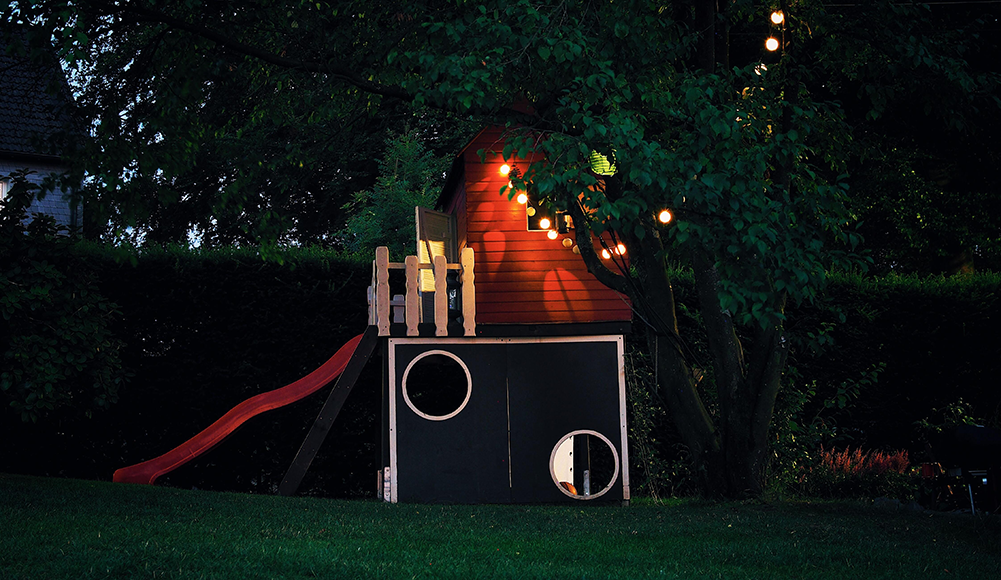Promoting Play in the Office Boosts Productivity

Years ago, goofing off at work might have been a fireable offense. Today, companies know that play is an essential component of creative stimulation.
In other words, employees who are permitted to use their imaginations in ways that aren’t directly related to their job responsibilities are more likely to make valuable contributions to company success.
It’s no wonder, then, that big companies like Twitter, LinkedIn, and Adobe have installed game rooms and rock-climbing walls in their offices. It’s not merely trendy — it’s scientific. Research backs up the idea that playful activities can improve work performance and reduce work-related stress. Engaging in these behaviors can positively impact cognitive function, encourage risk-taking, increase optimism, and relieve anxiety.
Ultimately, creativity begets creativity. Employees who have the freedom to play pool, ping-pong, or Pac-Man at the office are able to transform the energy and inventiveness of these activities into projects that benefit the company.
Happy Employees Are Successful Employees
We often think we’ll finally be happy once we’ve reached a certain pinnacle of success in our lives, but the opposite is often true. According to Shawn Achor, a former Harvard researcher and the best-selling author of The Happiness Advantage, it’s not success that brings happiness, but happiness that brings success.
Achor explained in an interview with TIME : “If we can get somebody to raise their levels of optimism or deepen their social connection or raise happiness, turns out every single business and educational outcome we know how to test for improves dramatically. You can increase your success rates for the rest of your life and your happiness levels will flatline, but if you raise your level of happiness and deepen optimism, it turns out every single one of your success rates rises dramatically compared to what it would have been at negative, neutral, or stressed.”
Achor’s research has actually prompted many companies to make hiring decisions based on applicants’ levels of optimism. Skills and intelligence are important, but Achor argues these factors contribute to only 25 percent of job success. He believes optimism, social connection, and stress perception make up the other 75 percent of job success. Ultimately, that means a company which supports its employees in relieving stress, connecting with others, and facilitating joy on the job will likely experience greater employee achievement than businesses that forbid play-based activities at work.
Employee autonomy comes into play (pun intended) here. Daniel Pink, the author of Drive: The Surprising Truth About What Motivates Us, notes that humans like to be in charge of directing their own behavior. The freedom to choose how and when work gets done imbues employees with a greater sense of motivation to do their jobs well. Of course, employees do need some basic structure in their roles, but a degree of autonomy can improve attitudes, performance, and overall well-being. It stands to reason that if team members are able to prioritize playtime and other beneficial activities at work without feeling guilty or micromanaged, they’ll be happier, less stressed, and more motivated.
How to Create an Office Environment That Promotes Play
For one thing, your workplace should be flexible and designed with ergonomics in mind. By embracing a setup that encourages workers to move around throughout the day, you’ll support wellness initiatives and naturally facilitate interaction between employees. This will, in turn, improve overall culture and give employees the freedom to engage in activities away from their desks. This flexibility of movement is especially important for technology-based businesses, as employees who are encouraged to get up throughout the day will feel more alert, more engaged, and less stressed.
Whether you decide to install a game room or a space devoted to relaxation, you should involve your employees in the conversation. Don’t think you can buy an arcade game and a hammock and call it a day. Make sure the options for workplace play you bring into the office are ones your employees want and need. Instead of making assumptions about what people would enjoy, make these initiatives collaborative. Simply getting the conversation started will likely improve employee engagement on its own. Plus, employees will be more likely to use whatever space you provide if they had some input in its construction.
You don’t have to spend a fortune on retro pinball machines or ball pits. Simple additions can make all the difference. The concept of hygge, which evokes the comforting feeling of home, has made its way from Denmark (one of the happiest countries in the world) to the United States in recent years. A cozier workspace can promote the idea of a workplace family, thus encouraging employees to feel more invested in and less anxious about their jobs.
—
Some business owners may feel uncomfortable with the idea of creating a more playful and relaxing workplace. However, you need to trust that your employees will not take this opportunity as license to slack off. As long as your employees are internally motivated and you’ve set expectations correctly, you only stand to benefit from making these kinds of changes to your office.
Brian Zinkel is an SEO expert at ROOM.

